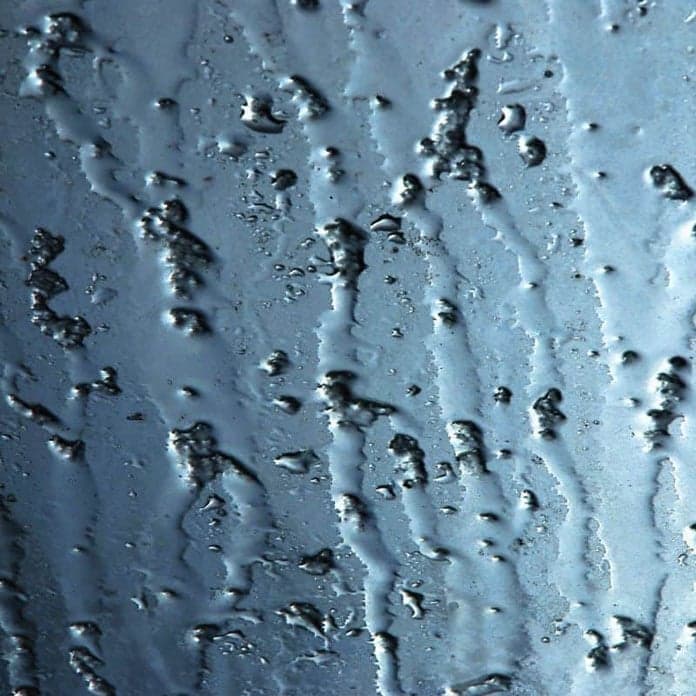Published:
China has recently stated its intentions to produce rain over five dry provinces in the country’s northwest. To accomplish this, the Chinese government plans to use a technique called cloud seeding. Cloud seeding involves inserting a substance, usually silver iodine or dry ice, into a cloud. The goal of this is to alter the precipitation the cloud produces. The most common way for China has practiced cloud seeding in the past is to disperse silver iodide into the sky in the location which rain was desired. In early 2009, China experienced a three day long continuous snowfall which ended its longest period of drought in nearly 40 years. China hailed this result as a great success for their cloud seeding program; however, many scientists dispute claims that cloud seeding works at all. Other scientist point to events like China’s incredibly heavy 2009 snowfall as evidence that cloud seeding is effective in increasing precipitation levels.
If cloud seeding can be improved or studied more and proven to be effective then it be a great way to lessen the effects of droughts. The drought that recently ended in parts of California is estimated to have cost the agricultural industry $550 million in 2016 and to have cost the total economy of California $2.7 billion in 2015. Cloud seeding could be used to dwindle the damage droughts have on the economies of areas which produce agricultural products. Another possible use of cloud seeding is to enhance the effort to replenish aquifers. Nearly one third of the world’s largest forty aquifers are being drained at a faster rate than they are being refilled. The Ogallala Aquifer in the Central United States is one of these aquifers. It is used to irrigate about $20 billion worth of crops each year and once it has been depleted it will take over 6000 years to replenish. Cloud seeding could prove to be key in preventing the exhaustion of the world’s aquifers, and helping to maintain current agricultural production.
File under






